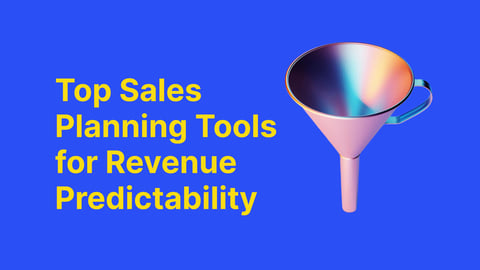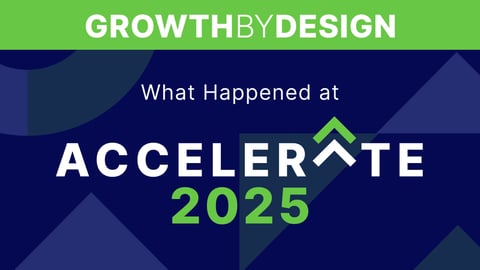First, the good news: today’s most successful sales leaders are starting to integrate AI into their operations. They know AI can lead to better leads, healthier pipelines, more closed deals, less wasted time, and greater profitability.
Now the bad news: most of these sales leaders are underperforming with AI because they don’t know enough about what AI actually does.
With a slight tweak in how you think about AI, I’ll help you and your team think of new ways to incorporate AI into your sales organization.
Sales leaders I’ve worked with often mistakenly believe that AI tells us what to do. That’s usually not the case. Rather, AI tells us what is likely to happen.
For instance, an AI model could look at all the factors that go into your team’s sales performance and identify a set of important factors – perhaps those factors include prior sales success, market potential in the salesperson’s territory, an individual’s quota, and so on. Then, the AI model will apply those trends to generate a prediction for a given individual: “For Salesperson A, based on her prior sales success, market potential, and quota, we expect her to sell $1.4M next year.” If you have a 100-person team, then AI will generate 100 individual level predictions.
“AI tells us what will happen, but humans must decide what to do about it. There are three key ways to use AI to drive sales outcomes.”
Here are three key ways you should use AI to drive sales success.
First, planning.
If you know what is likely to happen, you can be better prepared for when it does happen. For instance, if you know the predicted sales for each person on your 100-person team, you can simply add up all the total predictions for a bottom-up sales forecast. “These 100 people have an average predicted value of $1.4M each next year, so my best guess is that we’ll hit $140M in revenue next year.”
Planning is more than just revenue forecasting, of course. If you can predict customer demand – for your product or for IT support or customer success reps – then you can be sure to have enough capacity to meet that demand. Typically, bottom-up demand estimation is more accurate than estimation based on historical averages. This is because a bottom-up estimate is specific to the unique attributes of the current sales team in the field and current customer base. Historical averages often don’t account for existing team members’ strengths and weaknesses and current market conditions.
Second, prioritization.
Because AI enables prediction at the individual level, you can prioritize who merits your attention. For instance, if one member of your team is unlikely to hit quota, then you can intervene with that person to help boost sales. And, conversely, if someone else is likely to have an outstanding quarter or year, you may want to simply stay out of that person’s way. Prioritizing means that you can deploy interventions to the people who need them, without wasting resources on those who don’t. Prioritizing, or targeting, allows for managerial customization – that is, rather than making broad decisions that affect entire sales teams, you can selectively choose to intervene in different ways for different people.
Third, ideation.
AI is exceptionally good at identifying factors that relate to an important business outcome. Some factors are within your control. For instance, if you learn that participating in a training program is related to sales success, then you might consider mandating that training for everyone on your team. “Participation in training” is a factor within your control. (Ideally, before taking any action, you would run a test to verify whether training truly causes sales success or is merely correlated to it.)
On the other hand, some factors are out of your control. For instance, if AI showed that more years of sales experience is positively related to performance, you have no magic wand that could change a person’s years of experience. Although “years of experience” is not a factor that you can control, you can still take meaningful action – for instance, you might choose to change the composition of your team by hiring more experienced sellers. This is the process of ideation: using AI output to identify potential new ways to achieve your sales goals.
Are you looking to drive better business decisions within your sales organization with AI? Improve sales performance with intuitive planning, effective prioritization, and strategies built for success. Connect with a Varicent expert today to learn more!




